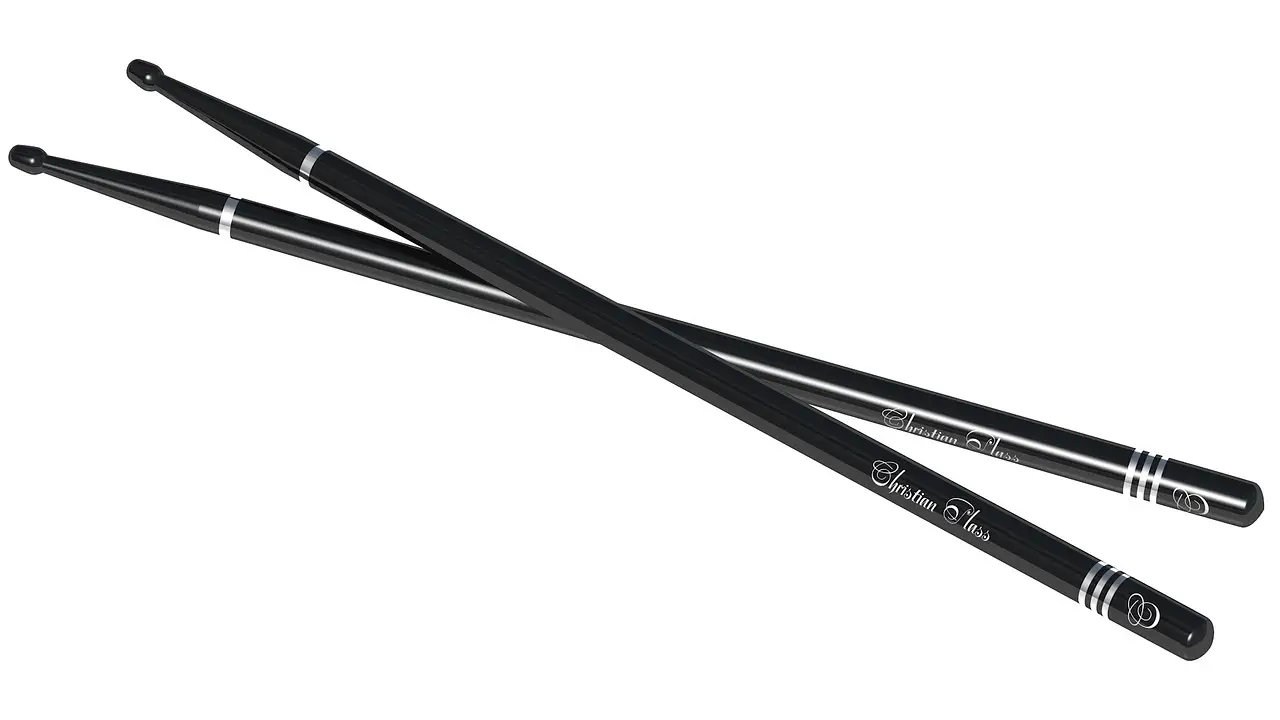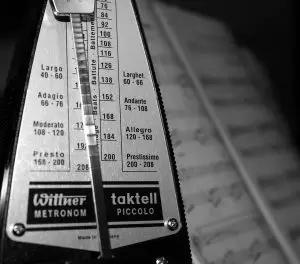Response
So far we’ve covered Cues and Cravings. Next comes the third step in the habit loop which is response. The response is how you react to the habits you’re trying to create. If you’re trying to break a bad habit, your best best is to make it difficult. If you want to stop eating so much sugar, don’t keep it in the house. Vice versa, if you’re trying to make a new habit stick, you should make it as easy as possible. If you think of your new habits as difficult or hard to do, you’re less likely to work at them.

Make It Easy
As guitar players, it’s very easy for us to make playing difficult. I talked about this back in article one (Make It Obvious). Often times we put the guitar back in the case, put it in the closet, or hide it under the bed. If you don’t see it, you’re not going to be thinking about it. Your best bet is to put the guitar some place you’re going to see it or better yet bump into it. I often recommend new students get themselves a guitar stand or a wall hanger to display it.
Another one I see is drummers and piano players hiding their instrument in a corner or hiding it behind a bunch of stuff. I’ve lived in a small apartment so I understand the pain of limited space, but if hiding your instruments is causing you to not practice, you might need to reevaluate your space to encourage you to practice more.
If you have music you’re supposed to practice, make sure you set it up so it’s ready to go. Make sure it’s not hidden or covered in a folder. You need to see it or you may just find yourself jamming instead of actually practicing.
Do You Have What You Need?

Don’t Forget About Your Cues
Going back to a previous chapter, you can’t forget about those cues you’ve developed. You don’t just want to make the practice accessible, you want to make the things that trigger your practice accessible too. If your first step is getting your music folder, don’t hide (or lose) your music folder. If your first step is practicing a scale or pattern, memorize your pattern so you’re not having to always relearn it. Make your cues easy as well as access to your instrument.
All That’s Left…
There’s just one step remaining and that’s reward. This one might seem simple on it’s face, but it’s actually more complicate than you think so stay tuned for the final chapter on practicing.


